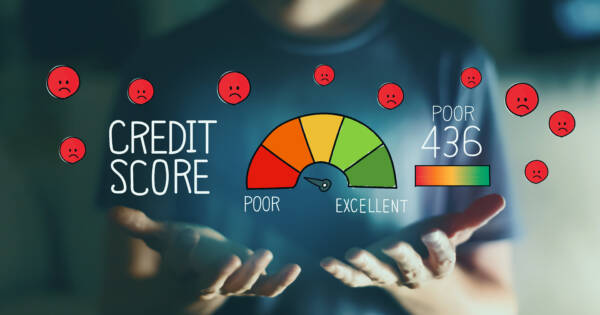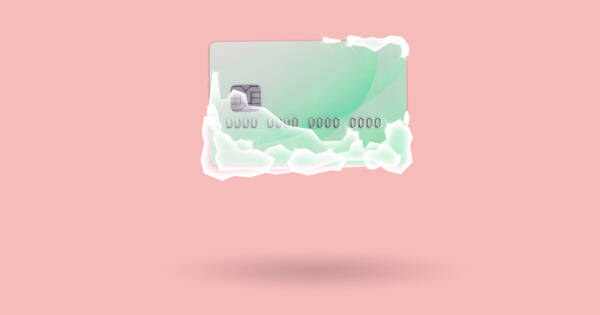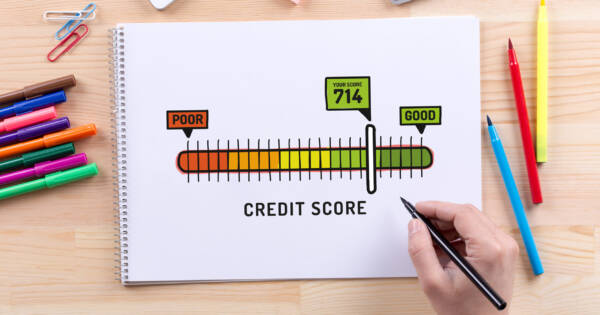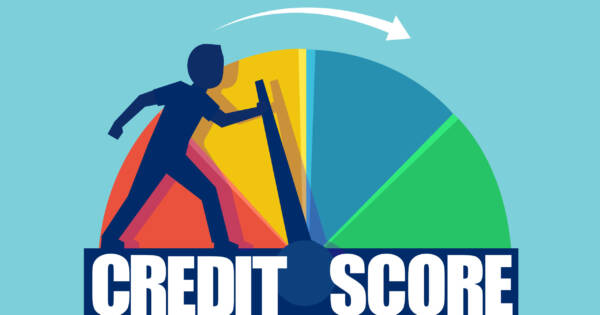Understanding credit utilization is crucial for anyone looking to maintain or improve their credit score. This often-overlooked aspect of credit management can significantly impact your financial health, affecting everything from loan approvals to interest rates. While many people are aware of their credit score, fewer understand how credit utilization plays into it. Take time to explore what credit utilization is, how it affects your credit score, and strategies you might employ to manage it effectively for better financial outcomes.
What Is Credit Utilization?
Credit utilization refers to the amount of credit you are currently using compared to the total credit available to you. Expressed as a percentage, it indicates how much of your available credit you are leveraging. For instance, if you have a credit limit of $10,000 across all your credit cards and your total outstanding balances amount to $2,500, your credit utilization rate is 25%.
Credit utilization is a critical component of your credit score. It accounts for about 30% of your FICO score, one of the most widely used credit scoring models. A lower credit utilization rate suggests to lenders that you are managing your credit responsibly, which could improve your creditworthiness. Conversely, a high utilization rate might indicate riskier financial behavior, potentially resulting in lower credit scores.
How Credit Utilization Affects Your Credit Score
Credit utilization impacts your credit score because it reflects how you’re managing your credit lines. A high utilization rate might signal to lenders that you’re reliant on credit or might be overextended, which can be a red flag. Generally, experts suggest keeping your credit utilization rate below 30%. Staying under this threshold could positively influence your credit score, while exceeding it might lead to a drop.
Having a low utilization rate indicates that you’re using a small portion of your overall available credit, implying that you’re financially responsible. This behavior may make you more attractive to lenders, possibly resulting in better loan terms and interest rates. Conversely, consistently high utilization rates might suggest that you’re not managing your debt effectively, which could impact loan approvals and terms.
Strategies for Managing Credit Utilization
Managing credit utilization effectively involves strategic decision-making and discipline. Below are some approaches that might help you keep your utilization rate in check:
- Monitor your balances: Regularly review your credit card statements and online accounts to keep track of your spending and current balances. Awareness is the first step in managing utilization.
- Increase your credit limit: Contact your credit card issuer to request a higher credit limit. If approved, this could lower your utilization rate as long as your spending doesn’t increase along with the new limit.
- Pay down balances: Aim to pay more than the minimum balance each month, and focus on reducing your overall credit card debt. This practice could effectively lower your credit utilization rate over time.
- Spread out your charges: If you have multiple credit cards, try distributing your charges between them instead of maxing out one card.
- Make mid-cycle payments: Consider making multiple payments each month instead of waiting for the statement due date. This can keep your reported balances lower, which might be reflected in your credit reports.
- Use alerts and tools: Leverage financial apps and tools that provide alerts when your utilization begins to rise. These tools can help maintain discipline in your spending habits.
The Impact of Opening and Closing Credit Accounts
Opening or closing credit accounts can also affect your credit utilization. When you open a new credit card, your total available credit increases, potentially lowering your utilization rate if your spending remains constant. However, applying for new credit might result in a temporary dip in your score due to the hard inquiry.
Closing a credit card, particularly one with a high credit limit, could increase your overall utilization rate by reducing your total available credit. It’s essential to consider this effect before deciding to close an account, especially if you are not immediately reducing your outstanding balances.
Common Misconceptions About Credit Utilization
There are several myths and misconceptions about credit utilization that can lead to confusion. One common misconception is that carrying a balance on your credit card improves your credit score. In reality, carrying a balance can increase your utilization rate and lead to interest charges, which may hurt your score rather than help it.
Another myth is that utilization doesn’t change until your billing cycle closes. In fact, utilization can be affected by both your balance and timing of the payments. Making payments before your statement closing date rather than waiting until after could potentially lower your reported balance, thereby affecting your credit utilization rate.
Learn More Today!
Effectively managing credit utilization is a critical aspect of financial health and can be an influential factor in maintaining a strong credit score. By understanding what credit utilization is and how it impacts your score, you can take informed steps to manage it proactively.
Employing strategies like monitoring balances, increasing credit limits, and spreading out charges can be beneficial approaches for maintaining a healthy utilization rate. As you navigate your credit journey, awareness and strategic management of your utilization could help unlock better financial opportunities and benefits, contributing to a more secure financial future.








